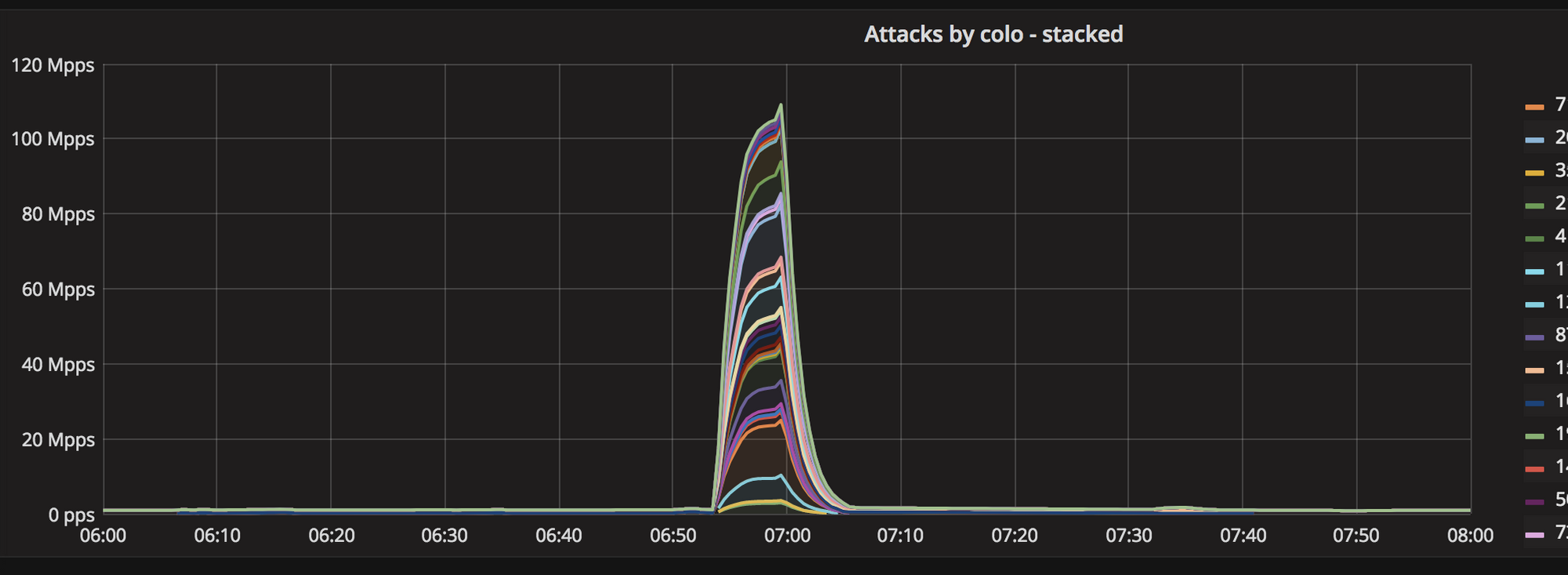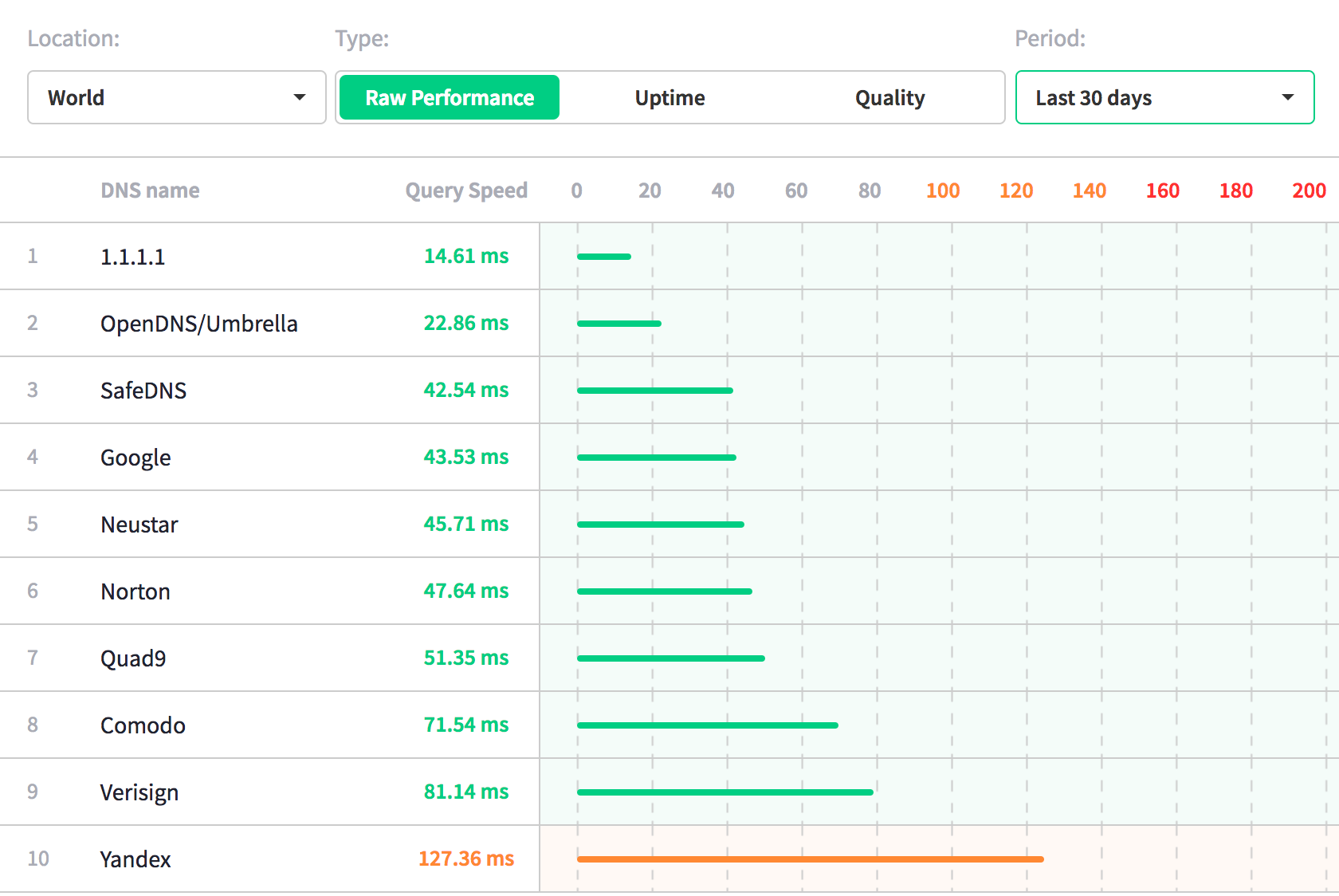Huawei Completes a 5G Deployment in China With Zhejiang Mobile
 The 5G network can provide a single user peak data rate speeds of 2.7 Gb/s, which could support services such as 8K live broadcasts.
The 5G network can provide a single user peak data rate speeds of 2.7 Gb/s, which could support services such as 8K live broadcasts.
Intel Accelerates Multi-mode 5G Chip Launch
 The chip design is unique in the market because it supports legacy 2G, 3G, 4G LTE, and the various 5G specifications on one module.
The chip design is unique in the market because it supports legacy 2G, 3G, 4G LTE, and the various 5G specifications on one module.
Linux Foundation Launches Open Source Ceph Storage Group
 The Ceph project is a unified distributed storage system providing applications with object, block, and file system interfaces.
The Ceph project is a unified distributed storage system providing applications with object, block, and file system interfaces.
Michigan VC Firm Deploys Bigleaf SD-WAN to Its Car Dealerships
 As venture capital firm DP Fox began to migrate its business-critical applications to the cloud it needed a connectivity service that could keep up with its growing portfolio.
As venture capital firm DP Fox began to migrate its business-critical applications to the cloud it needed a connectivity service that could keep up with its growing portfolio.
Research: Measuring IP Liveness
Of the 4.2 billion IPv4 addresses available in the global space, how many are used—or rather, how many are “alive?” Given the increasing usage of IPv6, it might seem this is an unimportant question. Answering the question, however, resolves to another question that is actually more important: how can you determine whether or not an IP address is in use? This question might seem easy to answer: ping every address in the address space. This, however, turns out to be the wrong answer.
Scanning the Internet for Liveness. SIGCOMM Comput. Commun. Rev. 48, 2 (May 2018), 2-9. DOI: https://doi.org/10.1145/3213232.3213234
This answer is wrong because a substantial number of systems do not respond to ICMP requests. According to this paper, in fact, some 16% of the hosts they discovered that would respond to a TCP SYN, and another 2% that would respond to a UDP packet shaped to connect to a service, do not respond to ICMP requests. There are a number of possible reasons for this situation, including hosts being placed behind devices that block ICMP packets, hosts being configured not to respond to ICMP requests, or a server sitting behind a PAT or CGNAT Continue reading
About Matt
My name is Matt Oswalt, and I have a fairly eclectic background. When I was 14, I created my first program - an alien shooter on my TI-82 calculator. Since then, I’ve enjoyed building new things and showing them to anyone who will listen. This passion continues to this day, as you’ll find with projects like ToDD and NRE Labs, I just really enjoy building cool stuff. You can explore these and all my other open source projects on my GitHub profile.Stealthwatch: The “Network Detective Command Console”
Stealthwatch, to me, is like having a Network Detective working in my very own network! I truly love Stealthwatch and I am playing with every chance I can get.
Disclaimer: I do not get commissions from you buying Stealthwatch nor am I part of the Cisco Business Unit for Stealthwatch. I just really honestly and for realsies super love it.
I tossed together a ~31 minute YouTube. Obviously you can watch the entire thing. Or… here you go for the big sections.
- Overview – Start to 1:03
- My 3 Favorite GUIs and What they Have in Common – 1:04 to 2:48
- Being a Network Detective – 2:49 to 4:30
- My First Time Playing with Stealthwatch – 4:31 to 5:44
- Knowledge is Key – 5:45 to 5:59
- Securing the Network has Changed – 6:00 to 6:32
- They Are Inside the Network – 6:33 to 7:41
- The Attack Surface We Need to Protect Is Expanding – 7:42 to 13:28
- Industry Averages: 191 days to detect a Breach, 66 days to contain a breach, $3.62M cost of a data breach – 13:29 to 15:52
- Network Breached – 15:53 to 17:08 (blooper at 16:08 in)
- Example: Continue reading
The Week in Internet News: China Wants Fairer Internet, More Control

China wants fairness: Chinese President Xi Jinping called for international cooperation to make the Internet more “fair and equitable,” while also asserting the Chinese government’s authority to shape it, Reuters reports. Xi has pushed for his country’s “cyber sovereignty” while promoting “core socialist values” online. Chinese officials also promoted the idea that each country should choose its own Internet “governance model,” The Star says.
Drones for broadband: A U.K. company has begun using drones to build fiber broadband networks in remote areas, reports Computer Weekly. Openreach is using drones to lay fiber in remote areas of the Scottish Highlands, where river gorges have previously presented a challenge.
Encrypted chat busted: Dutch police have found a way to infiltrate IronChat, an encrypted chat service running on proprietary hardware, Gizmodo says. The police were able to read 258,000 messages on the service, which costs about US$1,700 for a six-month subscription. News reports suggest the encryption wasn’t as strong as the vendor may have claimed.
Saving the Web: World Wide Web creator Tim Berners-Lee has been pushing a new Contract for the Web, in hopes of defining the responsibilities that governments, companies and citizens each have on the Web. Shortlist.com examines Continue reading
The rise of multivector DDoS attacks

It's been a while since we last wrote about Layer 3/4 DDoS attacks on this blog. This is a good news - we've been quietly handling the daily onslaught of DDoS attacks. Since our last write-up, a handful of interesting L3/4 attacks have happened. Let's review them.
Gigantic SYN
In April, John tweeted about a gigantic 942Gbps SYN flood:

It was a notable event for a couple of reasons.
First, it was really large. Previously, we've seen only amplification / reflection attacks at terabit scale. In those cases, the attacker doesn't actually have too much capacity. They need to bounce the traffic off other servers to generate a substantial load. This is different from typical "direct" style attacks, like SYN floods. In the SYN flood mentioned by John, all 942Gbps were coming directly from attacker-controlled machines.

Secondly, this attack was truly distributed. Normal SYN floods come from a small number of geographical locations. This one, was all over the globe, hitting all Cloudflare data centers:

Thirdly, the attack seem to be partially spoofed. While our analysis was not conclusive, we saw random, spoofed source IP addresses in the largest internet exchanges. The above Hilbert curve shows the source IP Continue reading
Vulnerabilities in our Infrastructure: 5 Ways to Mitigate the Risk
By teaming up to address key technical and organizational issues, information and operational security teams can improve the resiliency and safety of their infrastructure systems.
How Network Automation Increases Security
This blog post was initially sent to subscribers of my SDN and Network Automation mailing list. Subscribe here.
After publishing the Manual Work Is a Bug blog post, I got this feedback from Michele Chubirka explaining why automating changes in your network also increases network security:
Read more ...1 Thing You Can Do To Make Your Internet Safer And Faster


On April 1st, 2018, we announced 1.1.1.1, the fastest public DNS resolver in the world ???. Today, we are launching the 1.1.1.1 mobile app to make it incredibly easy to use 1.1.1.1 on your phone.
TL;DR
Any time you are on a public internet connection people can see what sites you visit. Even worse, your Internet Service Provider is very possibly selling all of your browsing history to the highest bidder. We have a tool called 1.1.1.1 which makes it easy to get a faster, more private, Internet experience, but it’s historically been too complex for many people to use, particularly on mobile devices. Today, we’re launching an app you (and everyone you know) can use to use 1.1.1.1 every time your mobile phone connects to the Internet. It’s a free, it’s easy, download it now.

Fastest Public Resolver

We launched 1.1.1.1 on April 1st. Frankly, we’ve been blown away by how many people actually made the switch. Changing your network settings is not easy, but if our traffic amount is any indication, many of you made the effort. Continue reading
Global Cybersecurity and the Internet Conundrum

Today marks the 100th anniversary of the armistice that ended the first World War. The 1918 ceasefire re-introduced a fragile peace that had collapsed when the world failed to defend common rules and international cooperation. International security and stability are as important now as they were a century ago.
That’s why French President Emmanuel Macron and leaders from around the world are about to gather in Paris for the first Paris Peace Forum. The forum will attempt to pave a way forward for a world that is shifting and changing faster than most of us can keep up with. That change and shift, and the speed of it is enabled by the Internet.
That is why the Internet Society is participating in the Forum.
I will be in Paris to speak on a panel about creating peace in cyberspace. Cybersecurity concerns across the world are real and justified and need to be addressed. We believe that the collaborative approach that helped to drive the growth of the Internet and allows it to thrive is essential for establishing cybersecurity.
The essence of a collaborative approach is that it allows stakeholders to create a shared vision for security.
The Shared Vision
At the Continue reading
BGP best path selection
The complexity and the efficiency of BGP reside in the concept of route “attributes” and the way the protocol juggles them to determine the best path. This is a quick guide (refresh of an old article), still very actual for those dealing with BGP design. I hope the following Cisco BGP best path selection diagram will be of […]Weekly Wrap Podcast: Cisco Lays Off Hundreds of Employees
 SDxCentral Weekly Wrap for Nov. 9, 2018: Cisco axes jobs; Verizon CEO Vestberg makes bold moves with restructuring; and more.
SDxCentral Weekly Wrap for Nov. 9, 2018: Cisco axes jobs; Verizon CEO Vestberg makes bold moves with restructuring; and more.
NetApp: HCI Means Hybrid Cloud, Not Hyperconverged
 What’s in a name? NetApp says its HCI is really hybrid cloud infrastructure (not hyperconverged), but it sounds more like composable.
What’s in a name? NetApp says its HCI is really hybrid cloud infrastructure (not hyperconverged), but it sounds more like composable.
Xilinx, Under a New CEO, Mulls Acquisition of Mellanox
 Xilinx is renown for its field programmable gate array (FPGA), which the company's founder invented. A purchase of Mellanox could give it additional products to sell into the data center.
Xilinx is renown for its field programmable gate array (FPGA), which the company's founder invented. A purchase of Mellanox could give it additional products to sell into the data center.

